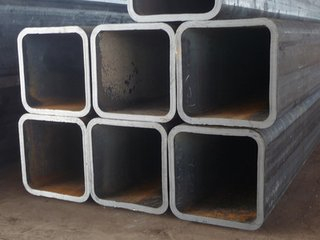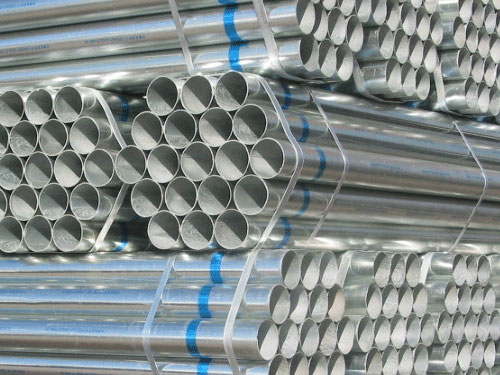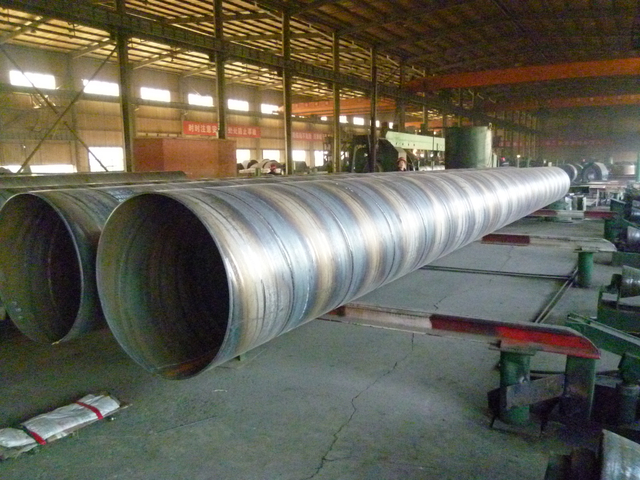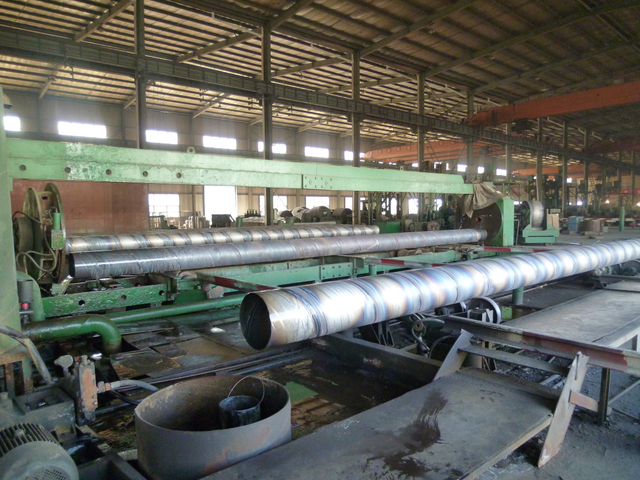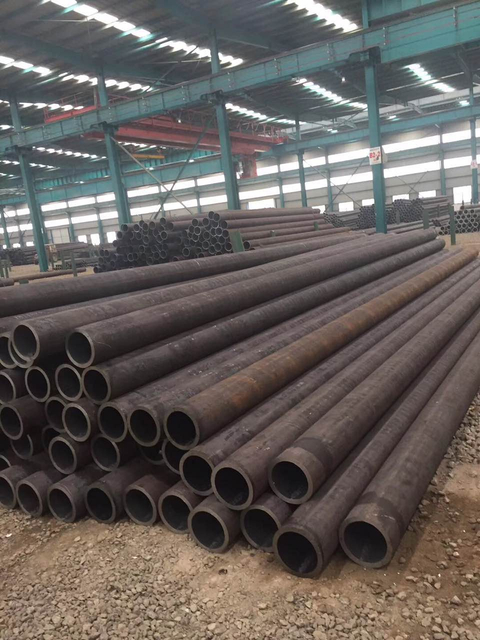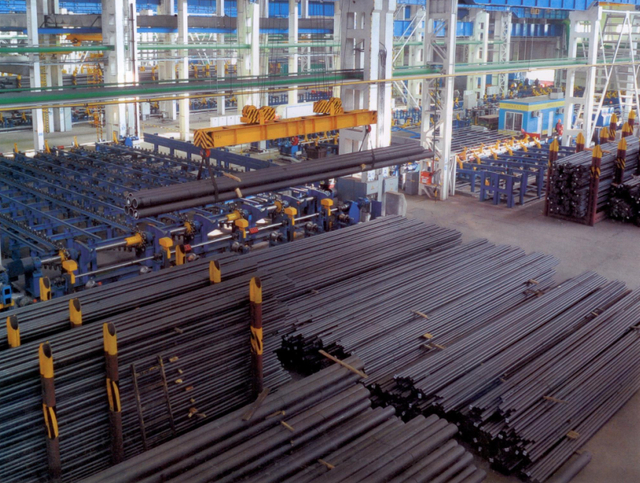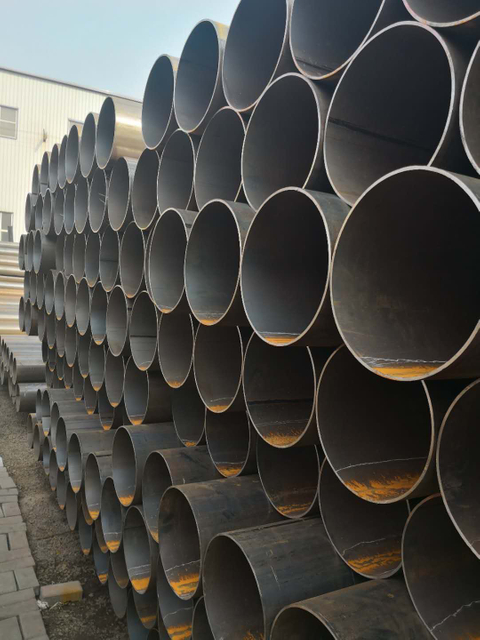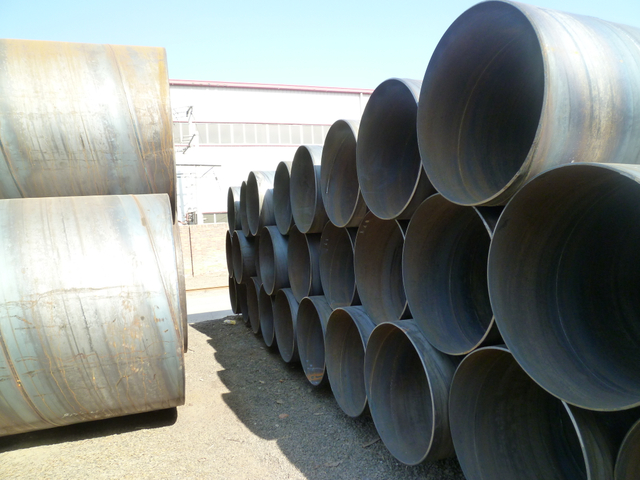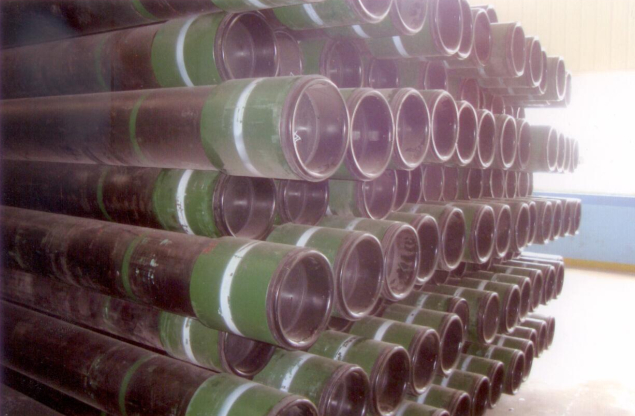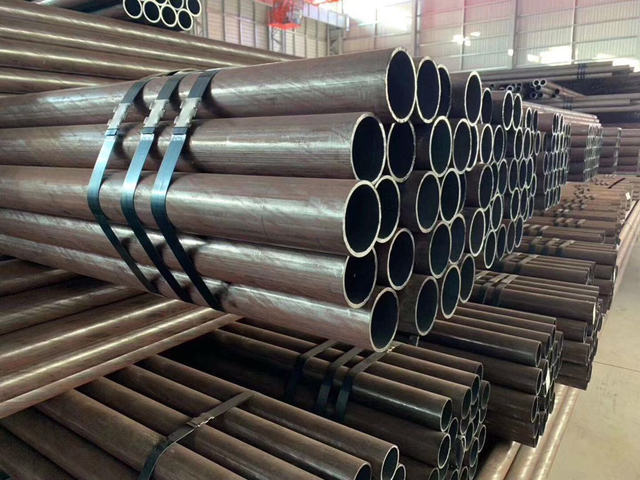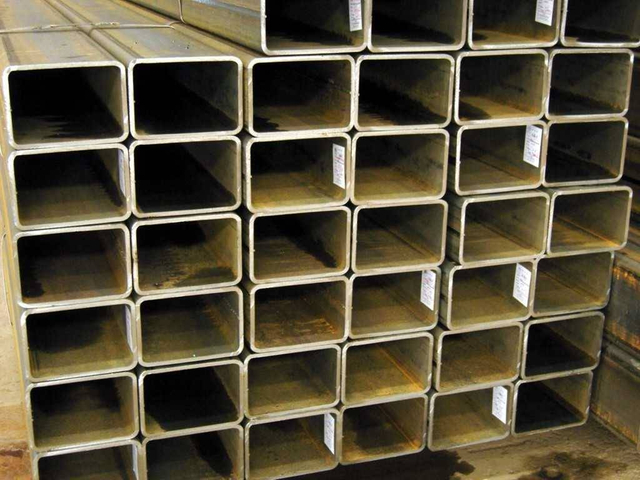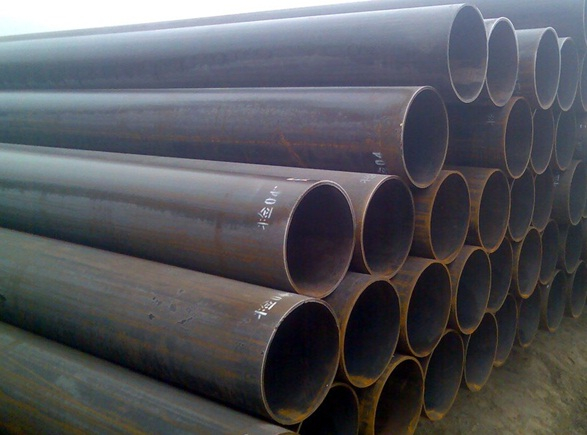Views: 1 Author: Site Editor Publish Time: 2023-06-19 Origin: Site








Exploring the Characteristics which Set ERW, LSAW, SSAW, and Spiral Steel Pipes Apart
Steel pipes are essential to several industries, as they help transport gases and liquids. ERW, LSAW, SSAW and spiral steel pipes are some of the most popular kinds of pipes used in this domain; each type has distinct characteristics and capacities. In this article we unpack these four types of steel pipes, looking at their individual benefits, features and applications.
Electric Resistance Welded (ERW) steel piping is a commonly used form of steel tube, particularly for its advantageous characteristics in a wide array of applications. Featuring superior welded construction, ERW steel pipe proves to be a reliable choice with its strength, durability, and resistance to environmental factors and detachment. Merging quality materials with innovative production processes and expertise creates an array of steel piping that is sure to meet the needs expected by the most discerning consumers.
Electric Resistance Welding (ERW) steel pipes are an indispensable element of the oil and gas industry, as well as plumbing and construction projects. This welding process involves passing a high-frequency current through the metal plates to generate heat which then fuses them together, creating strong bonds without any gaps or seams. ERW pipes boast exceptional strength, durability, and are known for their precise dimensions. They have become an essential tool in a number of industries.
Longitudinal Submerged Arc Welding (LSAW) steel pipe is a must-have for any structure or project requiring strong and durable steel pipes. This welding technique employs an automated process and is superior to manual welding methods due to its precision and finish. The welds produced have smooth surfaces with good uniformity in thickness, making it a great option for architecture and construction projects. With LSAW steel pipes, you can be certain your project has the strength and quality it needs to last.
LSAW steel pipes are formed using a particular technique that involves the longitudinal welding process. In this method, the steel plates are shaped into a U form first before going through a bending process. Afterwards, the steel edges are welded together by utilizing the submerged arc welding technique. This technique repeatedly proves its worth in terms of superior welding speed, excellent weld quality, and uniformity. Owing to these advantages, LSAW pipes are widely used for carrying oil, gas, and other hazardous substances across lengthy pathways.
Fabricating SSAW (Spiral Submerged Arc Welding) Steel Pipe demands adherence to certain regulations. To guarantee excellence in craftsmanship it is important to take into account all particulars during the production process. From welding quality to product finishing, each step plays an essential role in the successful completion of this task.
Spiral steel pipes are a cost-effective and easily installable solution for infrastructure projects like bridge and road construction, owing to their capabilities of withstanding high pressure. Manufactured via helically submerged arc welding, they are formed by rolling steel plates into a helix-like shape and welding the edges together. This method has proven to be very advantageous for pipeline fabrication compared to LSAW pipes.
Spiraling Steel Piping
Spiral steel pipes, as the name suggests, come in a unique shape thanks to the production process. Manufactured by winding up steel strips around a cylindrical shape, known as a mandrel, this process allows for the establishment of a spiral seam. This welding technique is highly reliable, producing stronger and more accurate joints. Due to these attributes, such piping finds uses in a range of scenarios; from transporting water and wastewater to providing for piles in construction sites.
In summary, let’s break down the four different types of steel pipes – ERW, LSAW, SSAW, and spiral steel pipes – and what makes each choice unique. ERW pipes offer a high level of strength and consistency; they are ideal for industries that require precise dimensions. LSAW pipes are an excellent choice for long-distance transportation of hazardous fluids due to their superior weld quality. Meanwhile, SSAW pipes offer great value and easy installation for infrastructure projects. Lastly, spiral steel pipes make use of their spiral seams for construction and water transmission purposes. With so many options available, it is important to recognize the differences between all types of steel pipes in order to select the best fit for any given project so as to ensure both efficiency and longevity.
